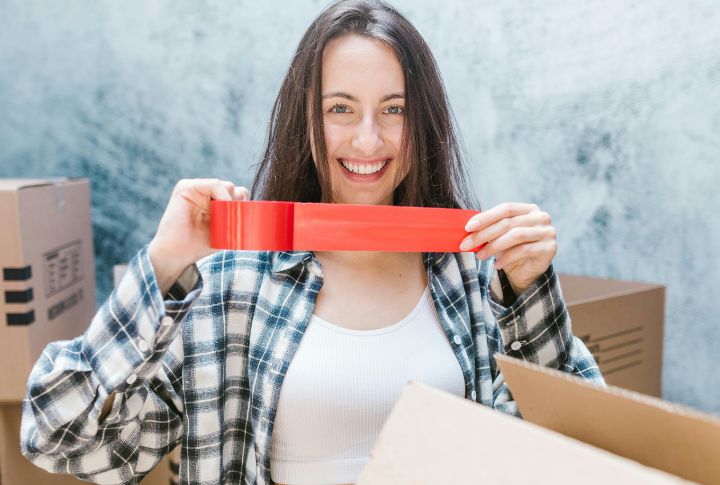
Moving can stir up excitement and confusion at the same time. Some parts feel endless, others surprisingly quick. It helps when the plan includes small tricks that simplify everything. These ideas may not be flashy, but they work. Use them to lower your costs and make each step a little smoother and quicker. Let’s first start with clever ways to save.
Declutter To Cut Costs
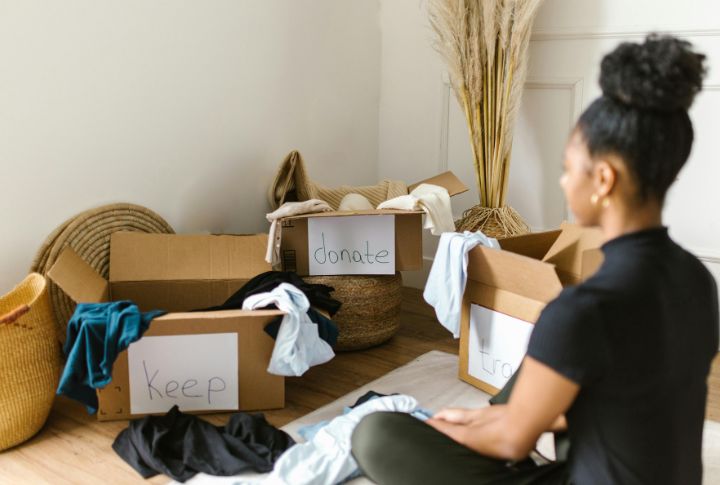
Selling what you don’t need on OfferUp or Facebook Marketplace is a smart place to start. Plus, donations to places like Goodwill can lead to tax deductions. With fewer items, you’ll spend less on supplies and space. That matters especially when a cross-country move can cost over $4,000.
Source Free Packing Supplies
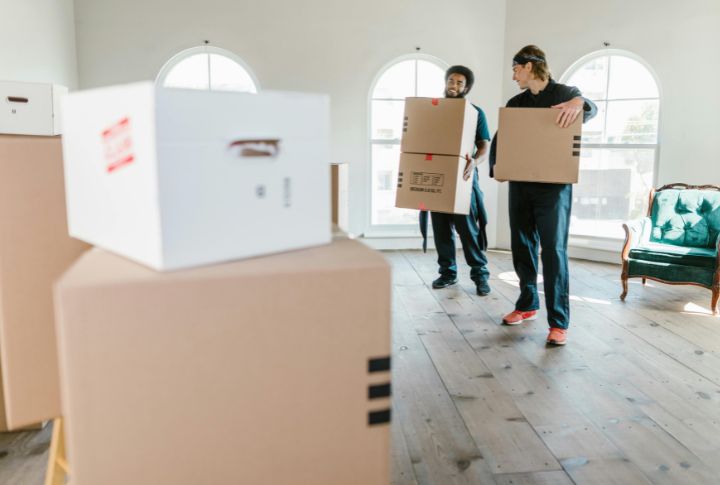
Check local stores like liquor shops and bookstores—many are happy to hand out sturdy boxes. USPS and FedEx also provide free boxes tied to their services. Add in reused Amazon packages and egg cartons, and you’ve got budget-friendly packing without creating extra waste.
Use Household Items For Padding

Instead of buying bubble wrap, try using what you already own. Towels and linens make great cushioning. Wrap plates in pillowcases or protect corners with blankets. Even sweaters and scarves can shield breakables. This approach saves both money and space without compromising protection.
Pack Hanging Clothes In Trash Bags

Skip the pricey wardrobe boxes and go with reinforced trash bags as a substitute. Just pull them over clothes on hangers and label the handles. It’s not ideal for delicate fabrics, but for everyday wear, it keeps dust out and saves serious cash.
DIY Vacuum-Seal For Bulky Items

There’s no need to splurge on vacuum-sealing bags when a simple garbage bag and vacuum can do the trick. This method helps shrink soft items and saves trunk space. Manual pump bags are also affordable at under $10, compared to $25–$40 for commercial options.
Rent Or Borrow Moving Equipment
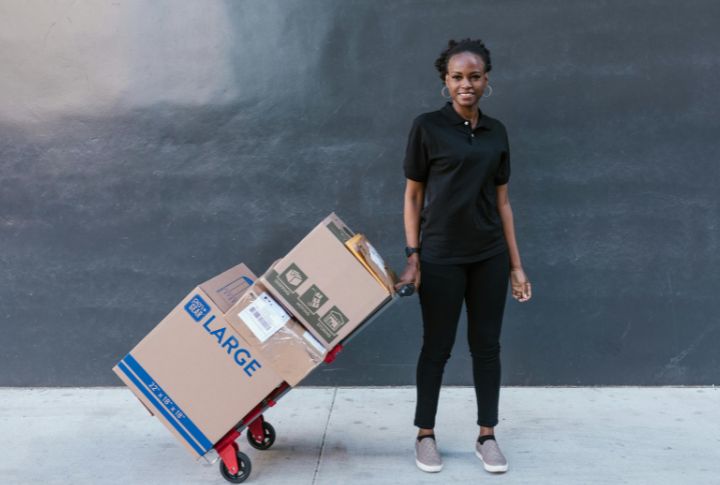
Buying gear like dollies or sliders can cost up to $100, and you may only use them once or twice. Renting is significantly cheaper, at around $10 a day. Home Depot and U-Haul offer hourly rentals. You can also borrow gear through Fat Llama or community centers.
Schedule Your Move Off-Peak

To avoid inflated prices, steer clear of the summer rush from May through September. Instead, aim for mid-week or mid-month when demand dips and rates can drop by up to 30%. Booking four to six weeks in advance and staying flexible may also lead to unexpected discounts.
After cutting costs, it’s time to make unpacking easier—use these next few tips to pack and settle in faster and with far less stress.
Color-Code Boxes By Room
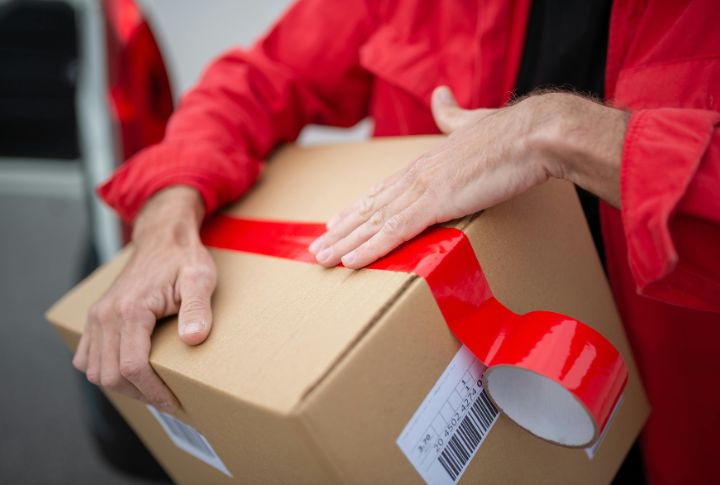
Clear visual signals can take the guesswork out of unpacking. Color-coded labels, blue for the kitchen and green for the bedroom, clearly indicate which items belong where. When movers see those colors, they know exactly where to place the items.
Use Rolling Suitcases For Heavy Items
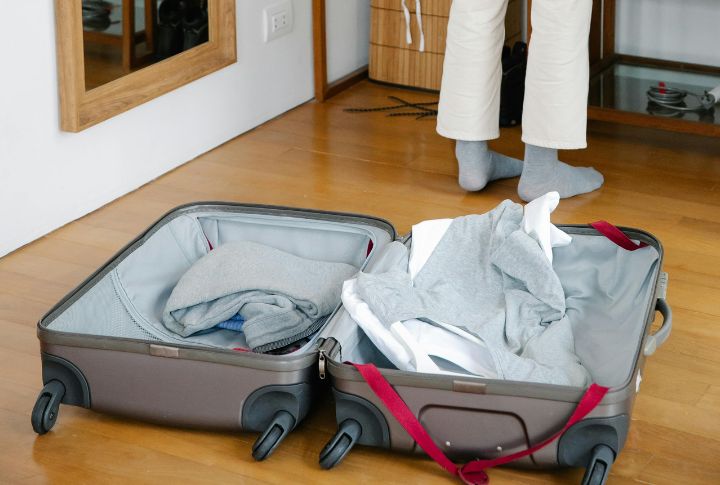
Rolling suitcases are perfect for hauling heavy stuff like books. Since books weigh about a pound each, wheels reduce strain and make loading easier. Hard-shell suitcases also protect electronics and framed photos. Ensure that you balance the weight properly and use a TSA-approved lock for security.
Photograph Box Contents
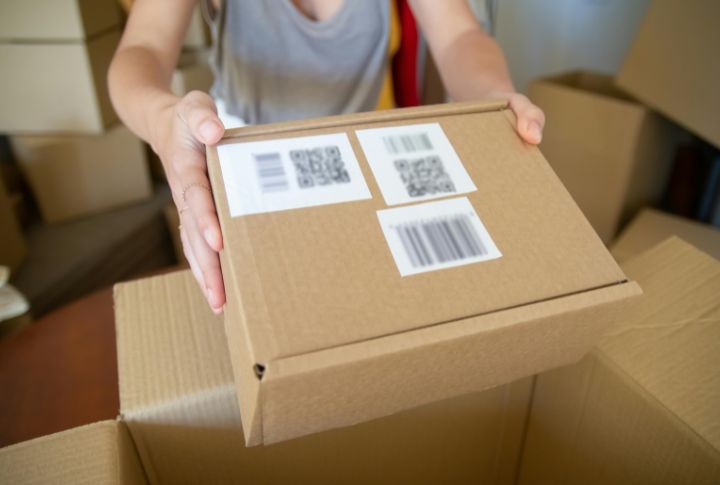
There’s an easier way to remember what’s in each box—use your phone. Apps like Sortly or Google Keep help you track everything with photos. Linking image folders to QR codes on boxes means quicker unpacking and better protection. If anything breaks, you’re ready for insurance claims.
Create A Moving Essentials Box
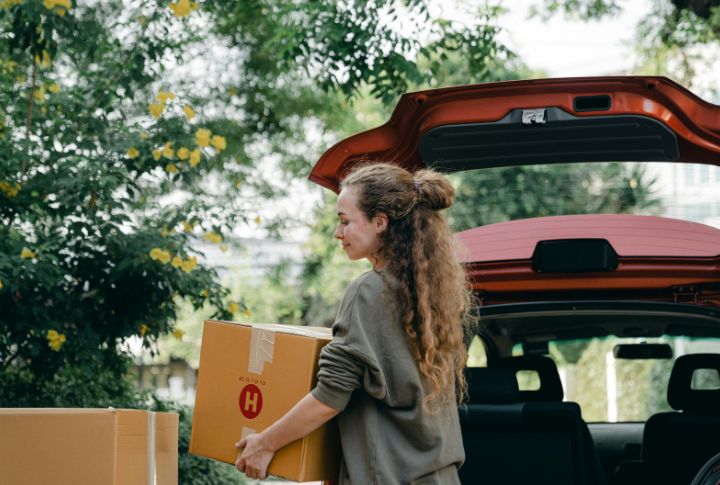
Think of it as your first-night survival kit. Pack chargers, toiletries, snacks, medications and a change of clothes in a box you’ll keep with you. Add some paper towels and cleaning basics, too. It’ll save you a trip when you’re tired and stores are closed.
Label Hardware To Avoid Losing It

During a move, small parts like screws, bolts and Allen keys often disappear. Use zip-top bags to hold them, label each with painter’s tape and tape the bag directly to the furniture piece it belongs to. This keeps reassembly easy and parts exactly where you need them.
Pack Kitchen Items Vertically
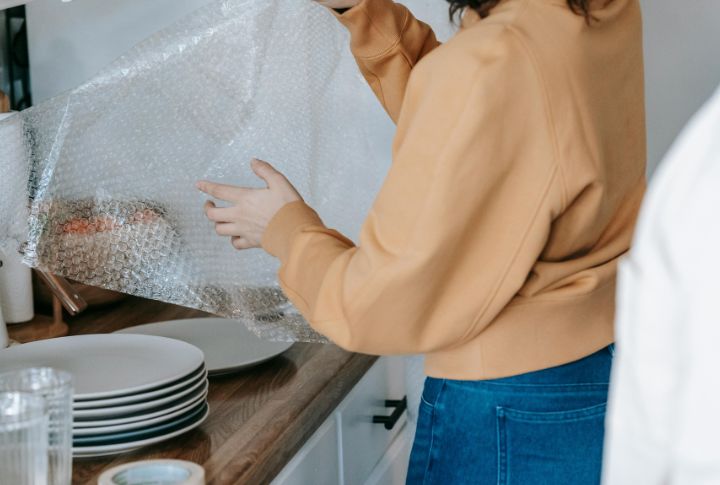
Stacking plates flat may seem logical, but it’s riskier. Standing them up, like vinyl records, reduces breakage. Use paper plates or towels between each one. Also, wrap knives in oven mittens for safety and clarity. If possible, place small appliances back in their original packaging.
Label And Bundle Electronics
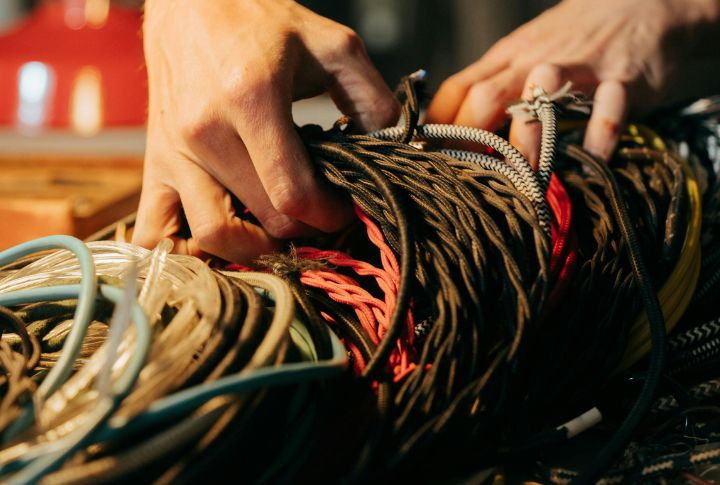
Snapping a photo of your setup helps you plug everything back in without calling a pro. As you unplug, label cords and ports for clarity. Neatly bundle cables with Velcro or ties, then stash remotes and accessories in a labeled bag so that nothing gets misplaced during the move.
Clean Before You Unpack

Before unpacking even one box, take 15 minutes to clean. A small supply kit—paper towels, gloves and disinfectant—is all you need. Skipping this step can mean grime under everything. Do it early, and your whole move feels easier and more organized.

